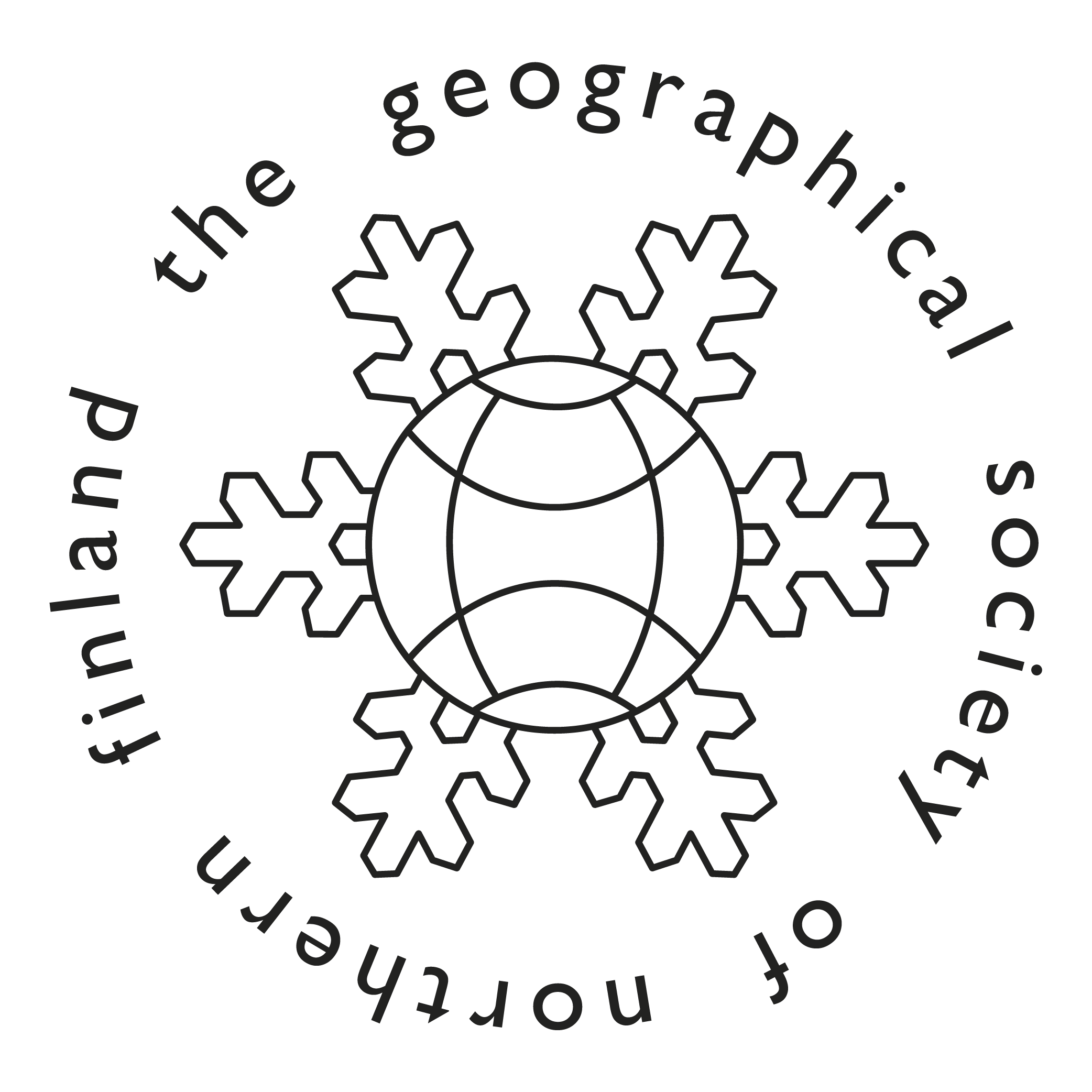Revisiting good fences and neighbours in a postmodern world after twenty years: theoretical reflections on the state of contemporary border studies
Abstract
It is almost twenty years since Paasi and Newman published a framework paper for understanding borders in an era of globalization in Progress in Human Geography, entitled Fences and Neighbours in a Postmodern World. In the interim period, border studies have undergone a major renaissance and expansion, drawing in scholars from across the disciplinary borders. Much of the research has focused on case study material relating to the border crossing experience as borders have become more porous and easier to transverse. Theoretical questions have been limited in their nature, with a focus on the dynamics of the bordering process, as contrasted with the border and its demarcation per se. The globalization narrative which focuses on the process through which borders are opened, and in some cases may be totally removed, is now paralleled by the post 9/11 securitization discourse which focuses on the reclosing and resealing of borders, even though the actual border dynamics may be taking place in different border spaces than the physical border itself. The next generation of border scholars need to posit a new set of challenges and questions which will help bridge the scholarly and practitioner understandings of border dynamics and change.






